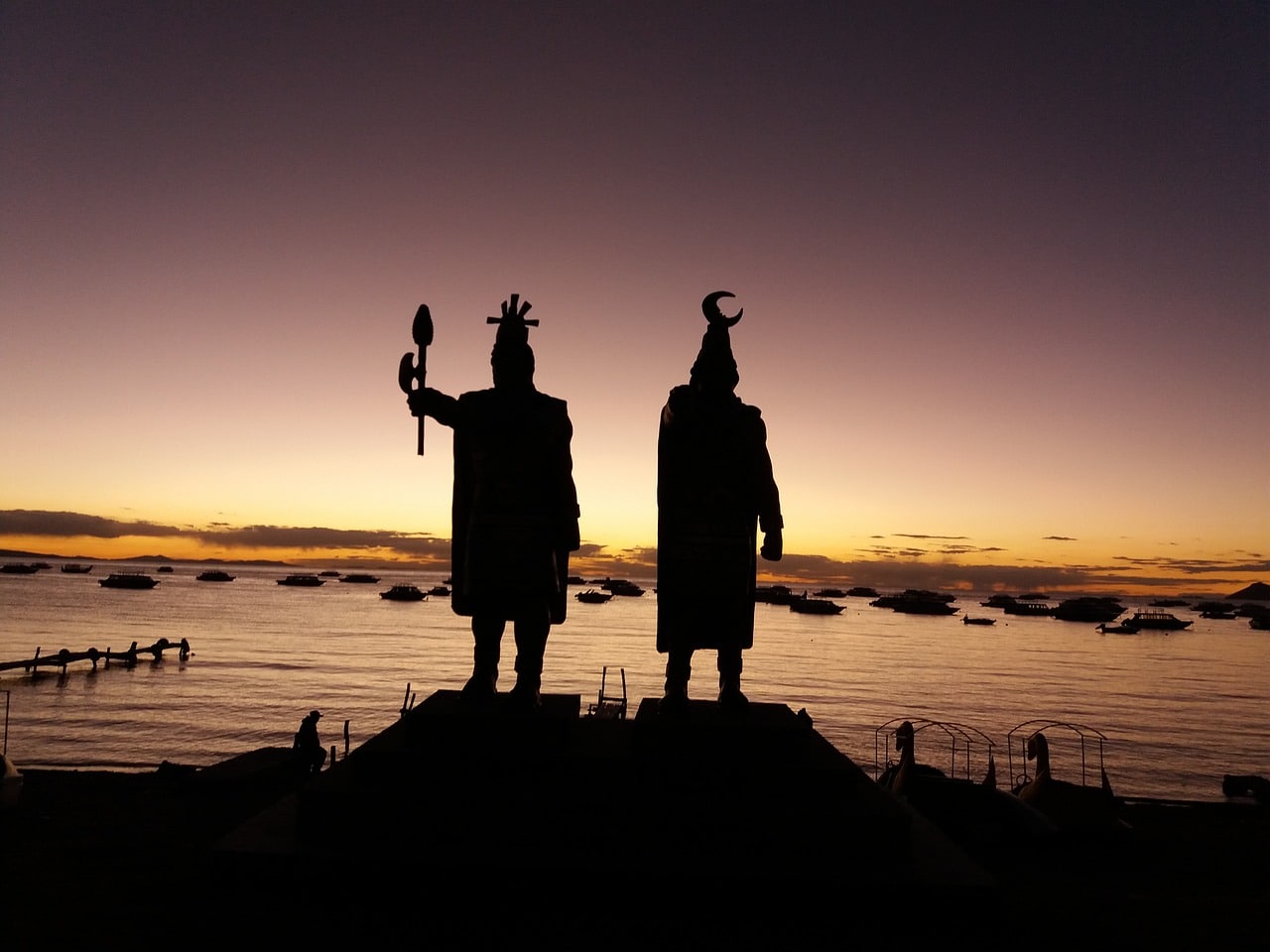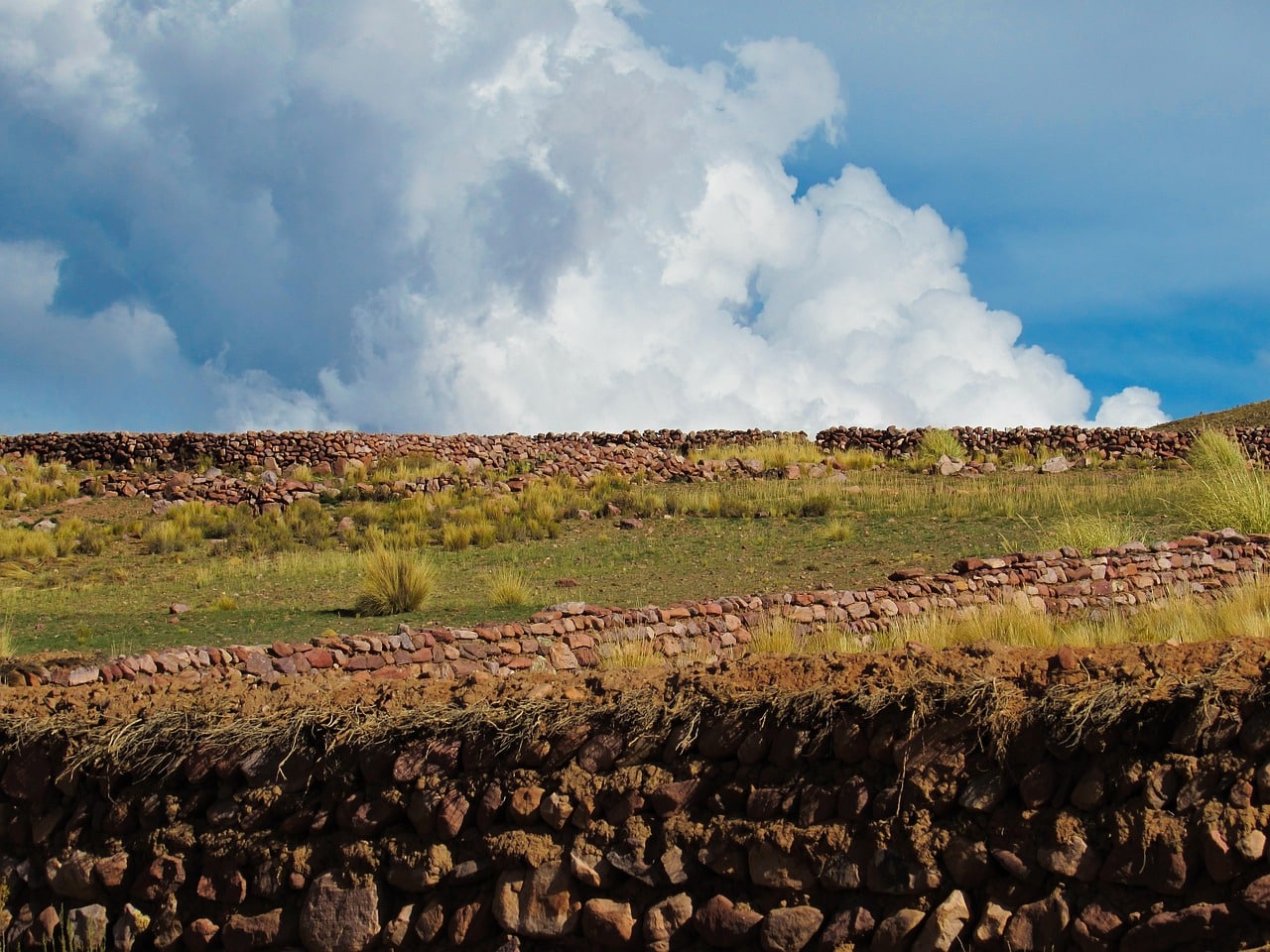
The Inca culture developed between the 12th and 16th centuries.
Inca culture is a concept that refers to the Inca civilization . They are a pre-Columbian people who managed to develop the most important empire on the American continent in their time: the Inca Empire or, in Quechua, Tahuantinsuyo .
Thanks to its territorial expansion, the Inca culture developed in an area of about 2 million square kilometers, covering current countries such as Peru and Ecuador and regions of Bolivia , Chile , Colombia and Argentina . Its beginnings are located at the end of the 12th century , when Manco Cápac founded the Kingdom of Cuzco or Cusco , while its decline took place in the first half of the 16th century following the process of conquest by the Spanish Empire .
Origins of the Inca culture
The origins of the Inca culture can be narrated from mythology or from history. In the case of the myths, the most important figures are Manco Cápac and his sister and wife Mama Ocllo . Many historians, however, maintain that both had a real existence.
The legend of the Ayar brothers , for example, states that four brothers lived with their respective wives in the window of a hill until their father, Inti (the sun god), ordered them to take on the task of civilizing their neighbors. Thus, one of these brothers, called Ayar Manco or Manco Cápac , arrived in Cuzco and gave birth to the Inca culture.
Another legend indicates that Manco Cápac and Mama Ocllo emerged from Lake Titicaca and that Inti asked them to head north to found a new territory in the place that would mark them with a sacred staff or a golden arrow. This place ended up being Cuzco .
Historiography, for its part, affirms that the Inca culture was born with the descendants of the Tiahuanaco culture . It is estimated that, following an invasion by the Aymara, the Tiahuahuacos began to emigrate and thus the Inca ethnic group would have emerged.
The Kingdom of Cusco
The Kingdom of Cuzco is considered the first phase of Inca culture. Also called Inca curacazgo , it is believed to have been founded by Manco Cápac in 1197 around a swamp that, over time, would be transformed into the Plaza de Armas of the current Peruvian city.
The inhabitants of the Kingdom of Cuzco had multiple confrontations with neighboring towns. Beginning with the government of Mayta Cápac , the Incas began to achieve conquests and extended their dominion beyond Cuzco .
Historians highlight the relevance of Pachacutec , in whose government the Chancas were defeated. That is why he is considered responsible for the implementation of the second historical stage of the Inca culture: the Tahuantinsuyo or Tawantinsuyu .

Machu Picchu, with its buildings and agricultural terraces, is an emblem of Inca culture.
The expansion of Inca culture
The expansion of the Inca culture developed throughout the Tahuantinsuyo , an empire that began to be forged in 1438 with the military triumph against the Chancas. Pachacutec was succeeded, respectively, by Amaru Inca Yupanqui , Túpac Yupanqui , Huayna Cápac and Huáscar , who contributed to the growth of the empire.
Their conquest processes had as victims the Diaguitas, the Huarpes, the Omaguacas, the Collas and the Camsá, among other peoples. In this way they obtained vast territorial domains in South America , maintaining the capital of the empire in Cuzco .
The territorial organization occurred in four districts: Contisuyo , Collasuyo , Antisuyo and Chinchaysuyo . At the political level, the highest authority was the Sapa Inca (or simply Inca), advised by the Tahuantinsuyo Camachic or Imperial Council .
The society of the Inca culture, meanwhile, was based on the aillu or ayllu . This form of social organization brought together the descendants of the same ancestor , who could be both supposed and real. A curaca was the leader of each aillu.
religion
The religion of the Inca culture was polytheistic (several gods coexisted). There was a creator god called Wiracocha or Viracocha and other divinities such as Inti (the sun); Mama Killa , Mama Quilla or Mamaquilla (the moon); Pacha Mama or Pachamama (the Earth); and Mama Cocha or Mama Qocha (goddess of waters).
For the Incas, likewise, there were three worlds (the Hanan Pacha , the Kay Pacha and the Uku Pacha , equivalent to the celestial world, the earthly world and the underworld).
Among the main religious festivities of the Inca culture, which included human sacrifices and other rituals, Inti Raymi, Cápac Cocha (or Capacocha ) and Cápac Raymi stood out.

The road network of the Inca culture exceeded 30,000 kilometers in length.
Machu Picchu, legacy of the Inca culture
Machu Picchu is the most famous legacy of the Inca culture . Currently recognized as a World Heritage Site by UNESCO , it is a llacta (Inca town) located at more than 2,400 meters above sea level in the current Peruvian province of Urubamba .
It was Pachacutec who ordered the construction of Machu Picchu in approximately 1450 , combining civil constructions with temples. It is estimated that, at certain times, the population of the citadel amounted to about 1,000 inhabitants.
After the civil war that broke out in 1529 between the followers of Huáscar and Atahualpa by the Inca government and then with the arrival of the Spanish conquistadors to the Cuzco region in 1534 , the decline of Machu Picchu began until it was abandoned.
Although several Europeans and Peruvians passed through the area over the decades, the American Hiram Bingham is noted as the rediscoverer of Machu Picchu . This explorer arrived at the Inca town in 1911 , announced his archaeological discovery and promoted scientific studies on the buildings and objects he found in the place, today one of the great tourist attractions of Peru .
The Qhapaq Ñan
Qhapaq Ñan is the Quechua name for the extensive road network that existed during the Inca Empire . It is also called the Inca Trail , although this nickname is usually used to refer to the path that connects Cusco with Machu Picchu .
The network reached more than 30,000 kilometers in length, with a main route of about 5,200 kilometers. It is interesting to note that all of the Qhapaq Ñan roads had a connection with Cuzco .
These roads were used by the chasquis , runners who carried messages between posts. The Chasquis were descendants of the Curacas and stayed in shelters known as tambos , which were located approximately every 30 kilometers along the Qhapaq Ñan .
The Spanish conquest and the fall of the Inca culture
The Spanish conquest of the Inca Empire took place in 1533 , when troops led by Pizarro took Cuzco . In any case, prior to the triumph of the Europeans, the civil war over the succession of Huayna Cápac had already affected the integrity of Tahuantinsuyo .
Upon the death of Huayna Cápac from smallpox, his descendant Ninan Cuyuchi replaced him on the throne, who died for the same reason a few days later. Power fell to Huáscar or Huascar , last legitimate Inca emperor, who was overthrown by his brother Atahualpa . History tells that, after the war between the two brothers, Atahualpa was captured by the Spanish before his coronation, being shot in 1533 .
After the fall of the Inca Empire , there was a State classified as Neo-Inca: the Kingdom of Vilcabamba , founded in 1537 by another son of Huayna Cápac ( Manco Inca ) and which subsisted until 1572 , when its last leader ( Manco 's son known as Túpac Amaru I ) was captured by the Spanish and executed.
